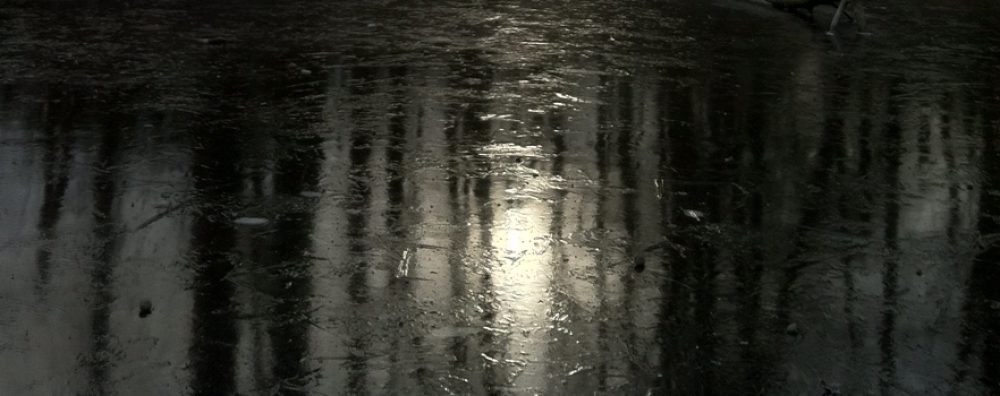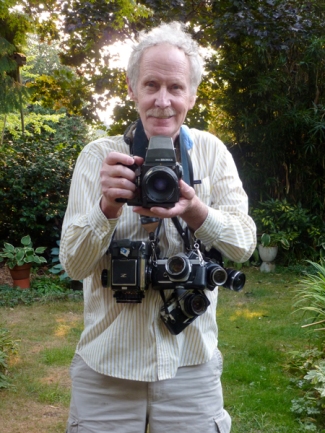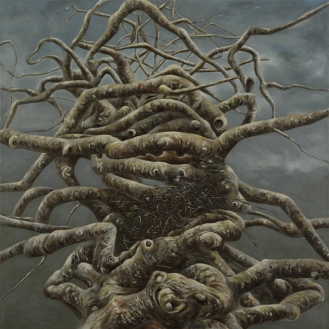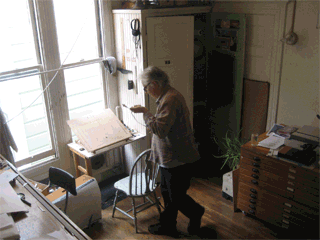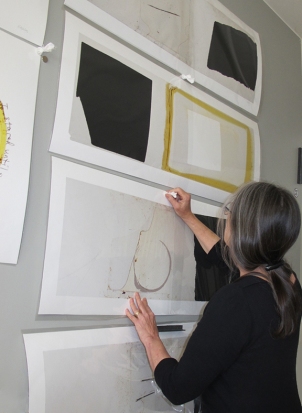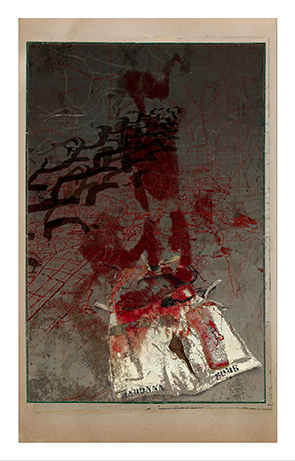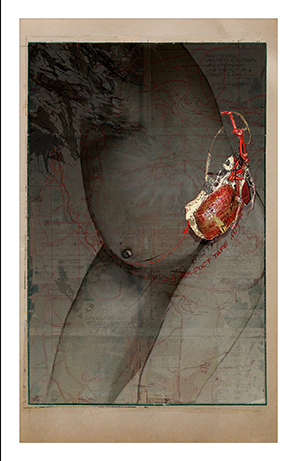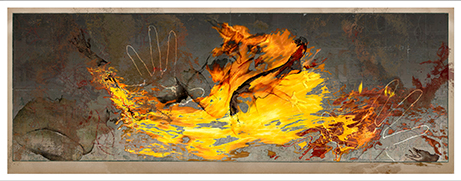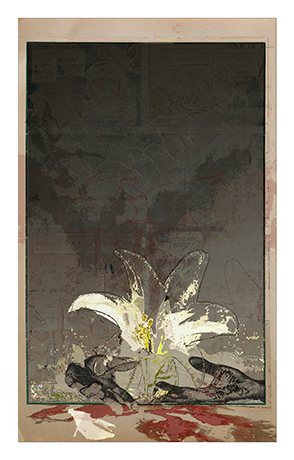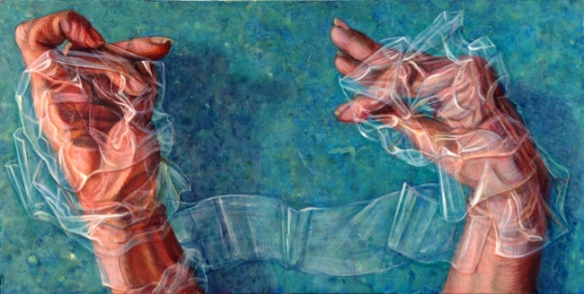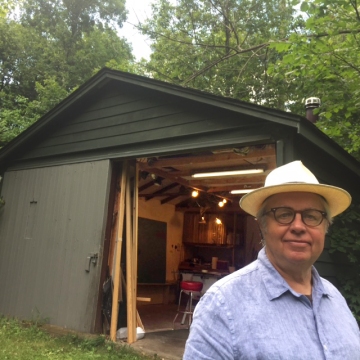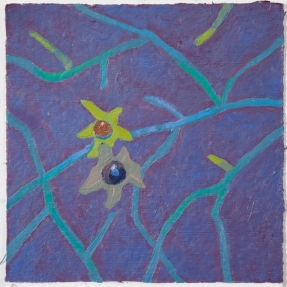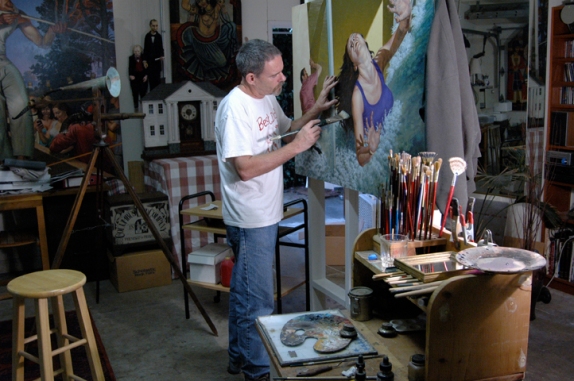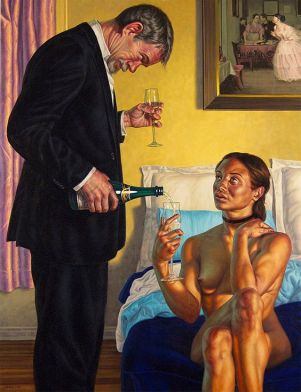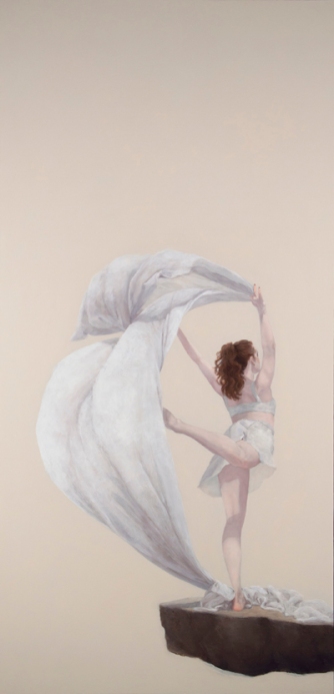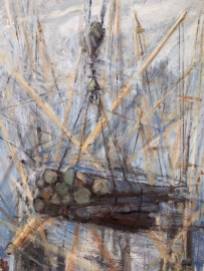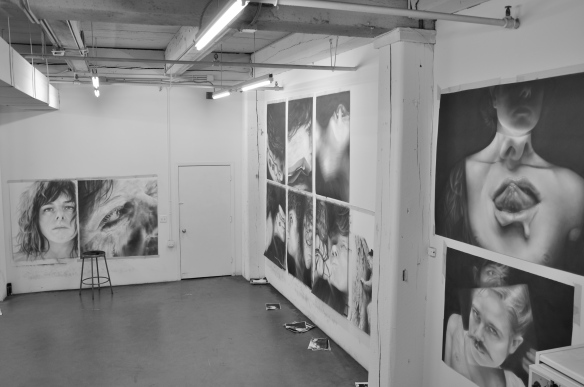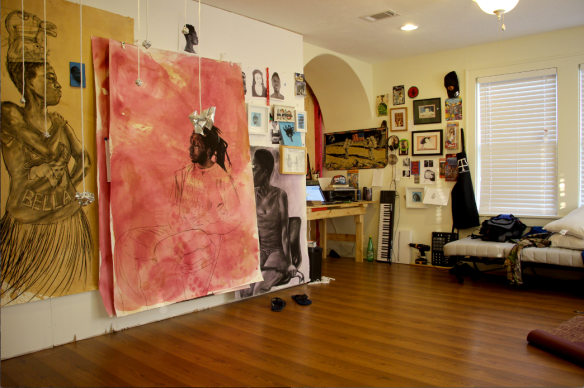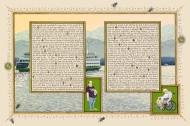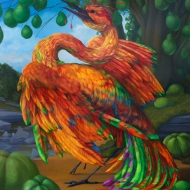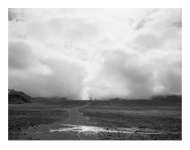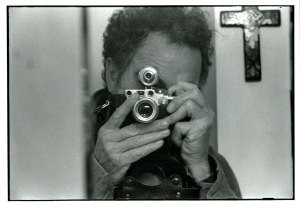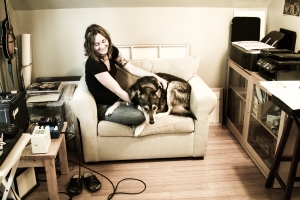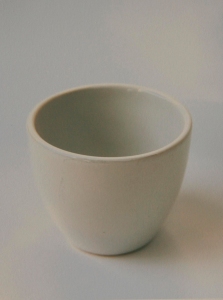January 3 – February 9, 2018
Prographica is pleased to announce two joint solo exhibitions, opening January 3rd, “Big Story” by Caroline Kapp, and “Perambulations” by Evelyn Woods, marking the first solo exhibitions for both artists at the gallery.
To see additional work by both artists, visit our website
Caroline Kapp | Big Story
“Big Story” encompasses two distinct series that are thematically connected: “STAGES” from 2017, and “Big Story” from 2018. Both series align the artist’s interests in visual perception with drawing, installation, and photography. The compositions are visual analogies, as both series derive from recording responses to buzzwords and trends in popular media coverage. Disclosure, hierarchy, strength, or believability are some of the concepts explored through combinations of familiar materials such as plumbing parts, canvas, ribbon, string, and glass vessels.

1) Who are two artist(s) inspire you?
Keiji Uematsu – Precarious, minimal, flows seamlessly between mediums and materials.
Berenice Abbott – Specifically Documenting Science/MIT projects capturing scientific phenomenon.
Euan Uglow – Textures, values, colors, and hierarchy of compositions are captivating.
2 ) What do you listen to while you work?
I generally have music on when I’m editing or exposing prints. Artists on heavy rotation lately are Zoe Keating, King Krule, Sh**kid, Kurt Vile, Ron Carter, Unknown Mortal Orchestra, Sylvan Esso.
3) If you had to describe your process in three words, what would they be?
Paper. Idea. Viewfinder.
4) Ok, now, can you describe your process:
The starting place is always sketching and working with words, themes, and images in a sketchbook. From there, shapes and subject matter are iterated within little squares and rectangles to represent the viewfinder. This establishes the spatial relationships of subject matter to composition, which is very important to the final work and usually ends up being authentic to the final imagery. Then the physical subject matter needed to stage the photo is made or acquired based on the sketches. The objects and materials are often from thrift shops, salvage yards, or fabric stores. Next would be staging and capturing subject matter using medium-format film or a digital camera, depending on the idea and desired scale of the final prints. The physical printing and editing process also alternates depending on the idea, but I commonly work with some type of alternative process involving digital and analog techniques: hand-coated paper, UV or sunlight exposures, scanning, contact printing with digital or analog negatives, digital image editing, and working back and forth between these stages. Once I’m satisfied with an image or group of images, I’ll either run a small edition or single artist proof archival inkjet print. Then, start on new ideas from sketches.
Evelyn Woods | Perambulations
The autumn and winter landscapes most intrigue Evelyn Woods and are the focus of her exhibition, “Perambulations”. We walk alongside the artist through the rain and snow, as time slows and our attention is directed to the micro: light moving across and within a tangle of reeds. The stark beauty of the barren landscape in its stripped down structure and subdued color are evidenced in the paintings and drawings that comprise the exhibition.
1. Who are two artist(s) inspire you?
There are quite a number of artists that I have admired and have been inspired by. The two artists I have chosen to name are currently still working. Martin Puryear is a sculptor I look up to for his bold singular shapes using natural materials as his medium. I find his mastery of material in combination of his concepts and craftsmanship humbling. Catherine Murphy, a painter, continues to hold my interest. Her compositions are based on her domestic environment. The lens in which she sees is personal yet of the everyday “stuff” that we all have but maybe don’t always see. As with Puryear she has total command of the skills necessary to execute the conceptual idea.
2. What do you listen to while you paint?
I used to listen to music but soon grew tired of it. Picking music to match my mood became a hassle. All changed when I discovered the world of audiobooks! I love being able to listen to a book whether fiction or nonfiction. Listening to books takes away the self-consciousness of being in the studio while at the same time I get to “read” so much more than I ever have.
3. How, if at all, has moving from Seattle to quiet Whidbey changed your work?
I would have to say that my move from Seattle to Whidbey has essentially brought together two very different experiences which I had growing up. Having lived in many places in the states it is my memories of living both in New York City and outside of the city which we fondly called the “country” versus the “city” gave me two diametrically different sensual environments. Both of which I have embraced in my work with the dark industrial drawings of past work to my current work whose emphasis is the natural world.
4. What are you working on now?
In preparing for this show I ended up doing a series of five small paintings on board resulting in a different approach than painting on canvas. Some play and experimentation in preparing the ground changed the way I made decisions as to what I wanted to use as subject material. As a result the focus of my current work feels to me a bit more intimate. Painting in the months of fall and winter continues to be my focus. In painting it has been my experience that it is usually my last painting which informs the next painting not only in the subject material chosen but also the medium.
